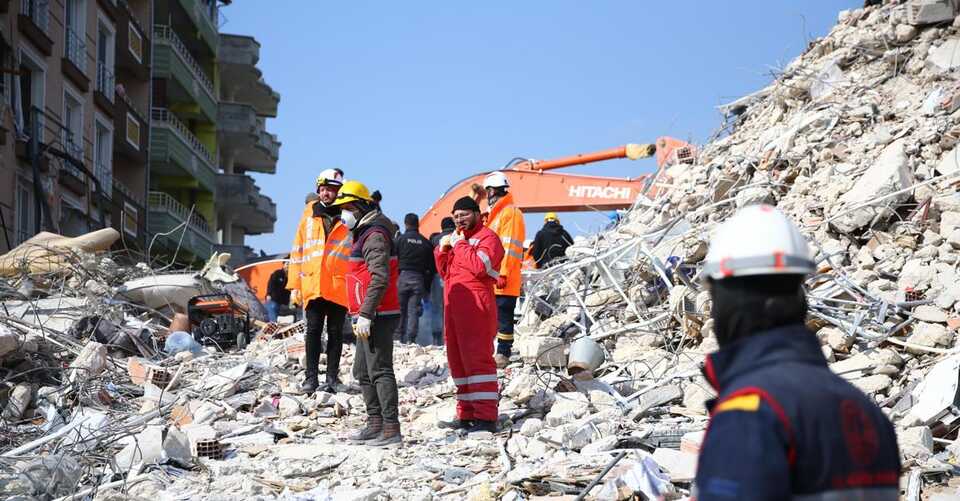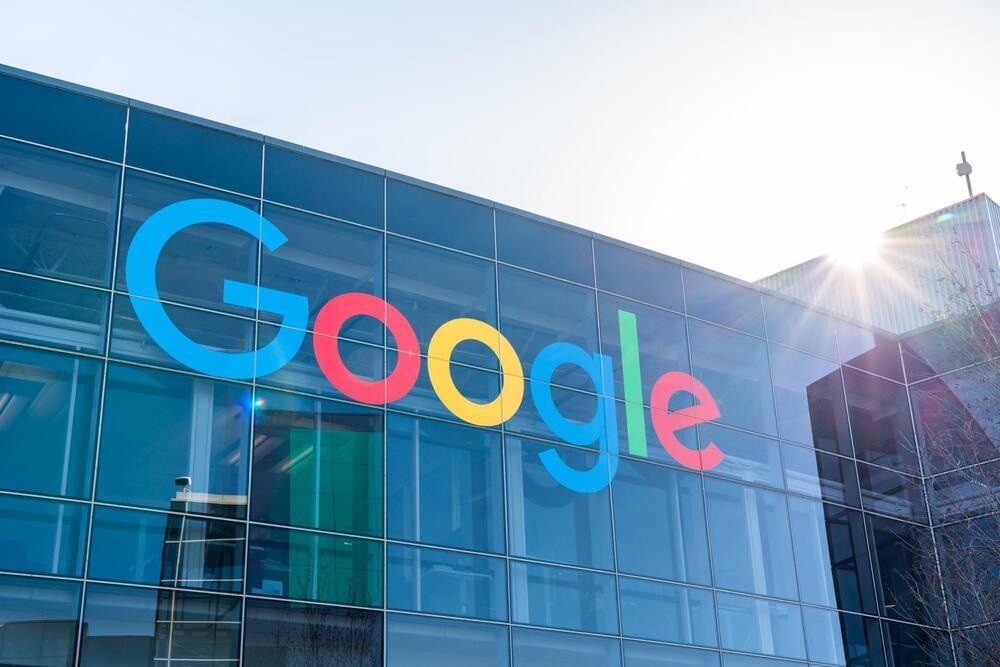No one can stand in these solitudes unmoved, and not feel that there is more in man than the mere breath of his body.





The death toll from the earthquake in Turkey and Syria is likely to “more than double”, according to a United Nations emergency relief coordinator.
Martin Griffiths, speaking to Sky News on Saturday, said he expected tens of thousands more deaths.
At least 24,596 people have been confirmed dead after the 7.8 magnitude earthquake struck southern Turkey and north-western Syria on Monday, with multiple aftershocks.
Visit https://brilliant.org/isaacarthur/ to get started learning STEM for free, and the first 200 people will get 20% off their annual premium subscription.
Our telescopes find new exoplanets and reveal deeper details about them everyday, unveiling massive hydrogen-rich atmosphere planets and icy worlds which may be able to harbor life even far from any star.
Visit our Website: http://www.isaacarthur.net.
Join Nebula: https://go.nebula.tv/isaacarthur.
Support us on Patreon: https://www.patreon.com/IsaacArthur.
Support us on Subscribestar: https://www.subscribestar.com/isaac-arthur.
Facebook Group: https://www.facebook.com/groups/1583992725237264/
Reddit: https://www.reddit.com/r/IsaacArthur/
Twitter: https://twitter.com/Isaac_A_Arthur on Twitter and RT our future content.
SFIA Discord Server: https://discord.gg/53GAShE
Listen or Download the audio of this episode from Soundcloud: Episode’s Audio-only version: https://soundcloud.com/isaac-arthur-148927746/hycean-planets-ice-worlds.
Episode’s Narration-only version: https://soundcloud.com/isaac-arthur-148927746/hycean-planets…ation-only.
Credits:
Hycean Planets & Ice Worlds.
Science & Futurism with Isaac Arthur.
Episode 381, February 9, 2023
Written, Produced & Narrated by Isaac Arthur.
Editors:
Briana Brownell.
Donagh Broderick.
David McFarlane.
Graphics:

Google announced in last week’s earnings call that it would pay millions of dollars to consolidate office leases across the globe.
“In the first quarter of 2023, we expect to incur approximately $500 million of costs related to exiting leases to align our office space with our adjusted global headcount look,” Chief Financial Officer Ruth Porat said. “We will continue to optimize our real estate footprint.”
Many of the lease terminations will be in the Bay Area. “We’re ending leases for a number of unoccupied spaces, and will work to consolidate under-utilized spaces in the future,” Google spokesperson Ryan Lamont wrote SFGATE in an email. “Our campuses remain a cornerstone of our culture, but we’re working to ensure we invest in real estate efficiently and that our investments match the current and future needs of our hybrid workforce.”

Caltech engineer Mory Gharib was poring over the digitized notebooks of Leonardo da Vinci one day, looking for sketches of flow visualization to share with his graduate students for inspiration. That’s when he noticed several small sketches of triangles, whose geometry seemed to be determined by grains of sand poured out from a jar. Further investigation revealed that Leonardo was attempting to study the nature of gravity, and the little triangles were his attempt to draw an equivalence between gravity and acceleration—well before Isaac Newton came up with his laws of motion, and centuries before Albert Einstein would demonstrate the equivalence principle with his general theory of relativity. [Edited for clarity.] Gharib was even able to re-create a modern version of the experiment.
Gharib and his collaborators described their discovery in a new paper published in the journal Leonardo, noting that, by modern calculations, Leonardo’s model produced a value for the gravitational constant (G) to around 97 percent accuracy. What makes this finding even more astonishing is that Leonardo did all this without a means of accurate timekeeping and without the benefit of calculus, which Newton invented in order to develop his laws of motion and universal gravitation in the 1660s.
“We don’t know if [Leonardo] did further experiments or probed this question more deeply,” Gharib said. “But the fact that he was grappling with the problems in this way—in the early 1500s—demonstrates just how far ahead his thinking was.”
Have you ever thought about what the world will look like in the future? and the type of technology that we will have? The technology that’s created is very fascinating. Comment your thought on this and please share.
If you like this video check out.
👉 Have They Discovered Earth 2?
https://youtu.be/gZMaGB8PSZw.
👉 What Will 2030 Look Like? ***Amazing***
#futuretechnologies
Discover how a binary pair of T Tauri stars created a giant bubble in the Barnard 18 molecular cloud. Learn about the significant impact of these young stars on their surroundings, read on now!
Personal visual development based on the novel “Rendezvous with Rama”, written by Arthur C. Clarke.
——
Shop: https://www.redbubble.com/people/gonzalogolpe.
——
Web: https://gonzalogolpe.com/
Blog: https://gonzalogolpeart.blogspot.com/
Unidad project: https://gonzalogolpeunidad.myportfolio.com/menu-eng.
Ferrol project: https://gonzalogolpeferrol.myportfolio.com/home.
Comic: https://gonzalogolpecomic.myportfolio.com/content.
Writings: https://gonzalogolpeverbo.myportfolio.com/portfolio-en.
Artstation: https://www.artstation.com/gonzalogolpe.
Behance: https://www.behance.net/gonzalogolpe.
——
#Film #RendezvousWithRama #GonzaloGolpe